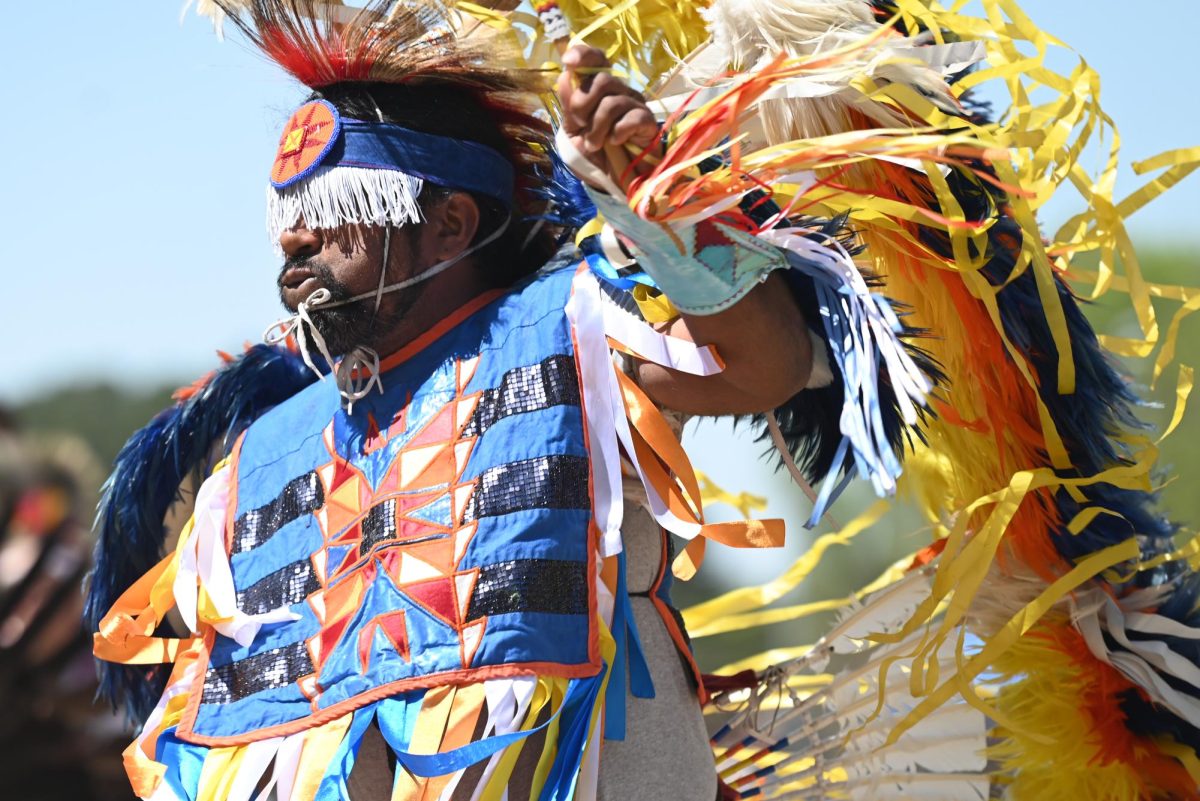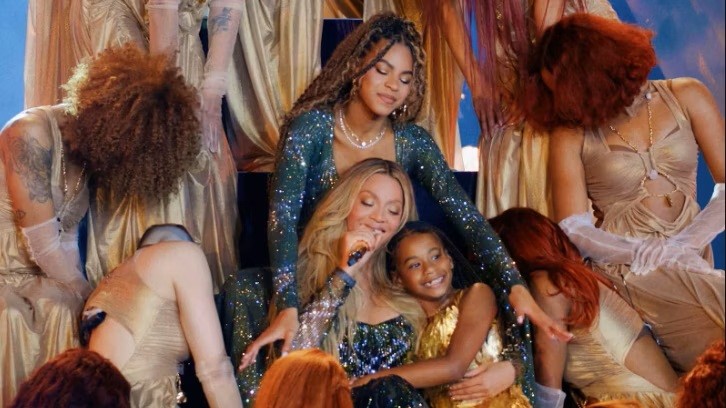This past week, The Nubian Message met with Lee Chavis-Tartaglia, an NC State alum, and member of the Lumbee tribe, to discuss the different arts and fashions used in powwow celebration. The art of the powwow is showcased through beadwork, regalia and dance.
As part of the Lumbee tribe, Tartaglia gave insight into the role of art in powwows.
“So powwow is considered pan-Indian because pretty much everybody does it at this point. But everybody does it in their way, where they’re adding their own culture into it. So art itself can vary depending on where you’re at, what part of the country, what part of the continent and what tribe is hosting said powwow. NC State has its powwow. UNC has its powwow,” Tartaglia said.
She continues, “There’s art as in jewelry making, beading and pine needle weaving. But there’s also art in dancing, in the regalia that dancers wear, in the singing, in the drumming. So if you’re looking at it as including singing and drumming in your definition of art, that is powwow. The singing and drumming. You cannot have powwow without singing and drumming”.
When asked about the materials and methods used in powwow regalia, Tartaglia explained, “So there are various forms for each of the dance styles. There’s the women’s and men’s categories and then you have tiny tots, which are the little kids. In the women’s category, you have traditional, fancy and jingle.”
Tartaglia continues, “And then with men’s, you have traditional, fancy and there’s grass dancers as well. But each regalia has its kind of standardized design that usually goes with it. With jingle dress dancers, you have to have the jingle cones on it. There’s a very specific type of cone you get. Back in the day, they used to take lids off of tobacco cans and roll them up and put them on the dress because that’s what we had.”
Tartaglia went further into women’s regalia, “For women’s fancy dance, it’s a shawl. You dance with a shawl stretched out in your arms. It’s also known as the butterfly dance because the shawl makes wings. And that usually has fringe or ribbon attached to the bottom of the shawl. Usually, ribbons are an easier way to go, but the fringe takes a little more time. And for women’s traditional, they also have shawls. It is draped across their arm. Women’s traditional tends to be very slow and purposeful steps to the dance. I will say that every group, every people has their own style of regalia.”
In regards to men’s regalia, Tartaglia explained, “Men’s regalia is kind of similar to women’s in the way that every location is going to be slightly different. So for men’s fancy dance, they have these big bustles that are behind them. It kind of looks like a turkey almost behind them. And that’s part of the purpose behind it is to kind of flaunt off your regalia. Fancy dancing is very fast. It’s the fastest style of dancing within powwow. So I think in regalia, you’ll see a lot of these like bright neon colors. You very, very rarely see dark colors because people want to show off their regalia. It’s thousands of dollars! They want people to notice you. And as part of your culture, every piece of your regalia is an aspect of you.”
When asked about the colors in the fashion, Tartaglia said, “I can speak from a Lumbee perspective. I can’t speak from like out west or anything like that or anybody else. There are specific colors within our tribal emblem, red, yellow, white and black. And they all have their own meaning. White is for new life and the start of life. Red is your younger years growing up. Yellow is your adult years. And then black is going towards the end of your life.”
Tartaglia continues with recent trends, “Recently, it’s been a lot of neon colors. And I truly don’t fully know where that came from. I do think it is from just people wanting to show off their regalia and catch judges’ eyes because usually in powwow you are competing. Sometimes people will do regalia in the colors of what college they attended. I’ve seen people have UNC blue regalia.”
“There are specific designs they’ll have to show these are my people, this is who I belong to. In my shawl, I have our tribal seal on it. And it says, Lumbee tribe in North Carolina. I’ve seen people have florals from whatever part of the country they’re from. They’ll have floral designs of whatever flower is common in their region. They’ll have geometric designs. Usually, if they’re coming from the Southwest, that kind of signifies that ‘I’m from the Southwest.’ So I don’t want to say that, yes, every color has a meaning. Some people just want to wear purple. But often there is like meaning and a story behind it,” Tartaglia added.
When asked about ways art helps connect generations, Tartaglia explained, “I think just in general, it doesn’t even necessarily have to be within the native communities, but art is just such a big expression of who you are. You can kind of identify yourself within art and showcase who you are. And tying it back to native communities, it’s so important for us to be able to showcase where we’re coming from.”
Tartaglia continues with her personal experience, “I make beadwork or beaded jewelry. And a big part of why I started doing that is for my grandma because she did everything! She was a quilter and seamstress, she made porcelain dolls and regalia. She did everything. I wanted to kind of do something to keep that memory with her. My aunt and my mom both quilt and are seamstresses. That’s something that they do to continue my grandma’s legacy, but also just attaching ourselves to our culture and attaching ourselves to our ancestors in general, not necessarily just to my grandma.”
“Everything is circular. It all ties back. There is no start, nor is there an end. Crafting and expressing ourselves through beadwork, quilting, painting, drawing, songs and dancing. It’s tying ourselves back to our ancestors who were doing the same thing. And in that moment, as you’re doing it, you’re repeating the cycle. Whenever you’re sharing stories, you are connecting the past and the present. And I think that’s the same as whenever you’re dancing, singing, drumming, or quilting, you are connecting your ancestors in the past to your current present,” Tartaglia continued.
When asked about how arts help promote Native American culture, Tartaglia explained, “I think that arts can help connect ourselves with who we are. Oftentimes you don’t see a reason as to why you need to engage in the culture because you have already grown up within it. They don’t realize how rich the culture is and that they are engaging in the culture every single day until they go away. You’ll find that with most of the Native students at NC State. There is such a culture shock whenever you are leaving.”
Tartaglia continues, “I think the arts kind of help to connect ourselves deeper within our culture and better express it as well as show people who we are. You are doing a design that may be unique to your people or your history, like your family history, your individual history, stuff like that. That’s why I like quilting because usually they tell a story. While quilting is pretty big across Indigenous groups, like in the Americas, each Indigenous group has its version of it. And every person tells their own story within their quilt. Like my mom, she loves to do t-shirt quilts for people. She will take t-shirts from somebody and make a whole quilt telling their story.”





